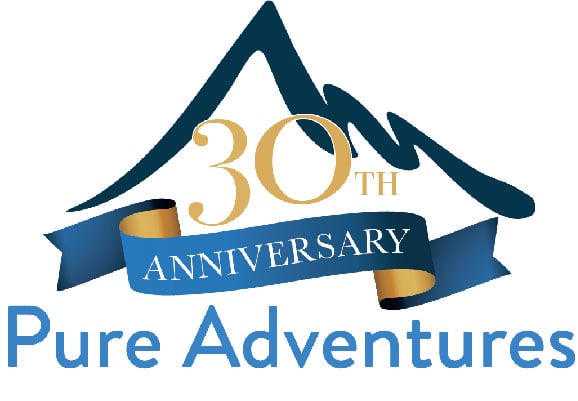Having guided our Grand Canyon Rim-To-Rim Hiking Tour for several years now, we feel like we have a pretty intimate relationship with the area. When someone shares their vacation photos or video with you of their trip to the canyon, they look great! But you can’t really understand the actual scale until you experience it in person for yourself.
The question always comes up on tours, “How the heck was this thing formed?”. Running the risk of sounding totally uneducated, we have to respond “Well, nobody is entirely sure”. But there is some proof pointing in a few different directions.
Here’s a little bit of history for you and some information on how the Grand Canyon Became the Grand Canyon.
FUN FACTS & INFO:
- President Theodore Roosevelt, an avid outdoorsman, advocated for the preservation of the Grand Canyon area and hunted and took in the breathtaking scenery there on numerous occasions. However, it took until 1919 to become the 15th national park.
- The specific geologic processes and timing that formed the Grand Canyon spark lively debates by geologists. The general scientific consensus, updated at a 2010 conference, holds that the Colorado River carved the Grand Canyon beginning 5 million to 6 million years ago.
- The big picture: there were two ancestral canyons, one in the west and one in the east. And the western canyon may be as old as 70 million years.
- Many people consider it to be one of the seven wonders of the natural world.
- The Grand Canyon is 277 miles (446 kilometres) in length.
- There are no dinosaur bones in the Grand Canyon – The rock that makes up the canyon walls is vastly more ancient than the dinosaurs – about a billion years more ancient
- Supai Village is located at the base of the Grand Canyon within the Havasupai Indian Reservation. Inaccessible by road and with a population of just 208, it is the most remote community in the lower 48 states, and is the only place where mail is still delivered by pack mule.
reference: www.livescience.com
